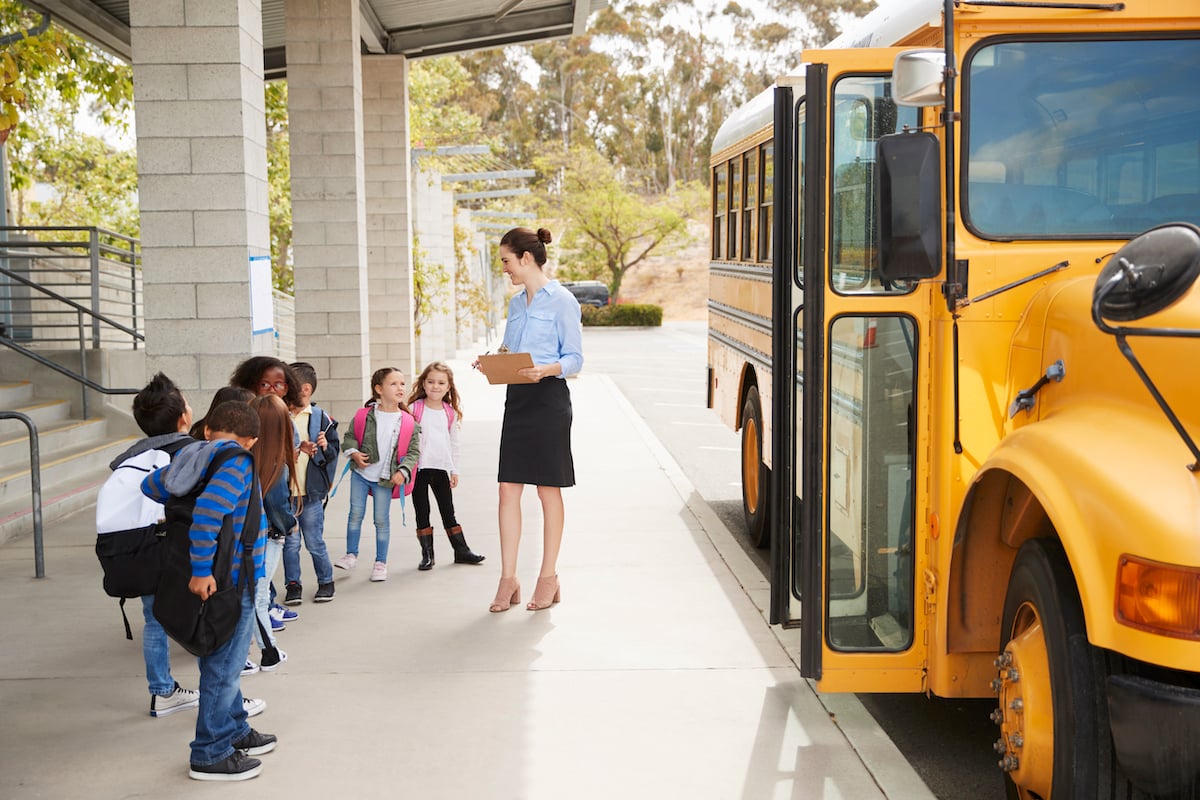Let’s talk about the people we forget.
Not intentionally. Not out of malice. But in the flurry of planning and protocols, they often slip through the cracks:
The HVAC repair crew. The substitute teacher covering Mrs. Grant’s fifth-grade math class. The parent helping in the library. The delivery driver walking the back hallway with a cart full of boxes.
They’re not in the morning huddle. They haven’t been through training. They don’t have the app. But they’re here.
On your campus. In your building. In the same space where real emergencies can—and do—happen.
And yet, in far too many schools, these people are invisible to the safety system.
The Real Risk of Being Left Out
In a crisis, seconds matter.
So does information.
But visitors, contractors, and other temporary personnel are often the last to know something’s wrong—if they’re informed at all. And when the alerts go out, they can’t respond, report, or communicate back.
That’s not just a communication breakdown. It’s a safety gap.
Here’s the reality: in the U.S., more than 6.7 million substitute teachers are hired annually across K–12 schools. That’s millions of days where the person leading a classroom may not have access to the same emergency tools as regular staff.
Now add in volunteers, visitors, and third-party contractors. You’re looking at a significant portion of your daily campus population that may be disconnected from your emergency protocols.
When Gaps Go Unnoticed
Think about the people working behind the scenes during a typical school day: a contractor checking HVAC systems, a volunteer shelving books in the media center, a sub stepping into an unfamiliar classroom.
Now imagine a lockdown is initiated—and they have no idea it’s happening.
Without access to the school’s emergency communication system, they could be in the wrong place at the wrong time with no guidance. It’s not uncommon for people in these roles to miss the message entirely, simply because they weren’t connected.
Everyone Deserves to Know What’s Going On
Safety can’t be something that only works for people on payroll.
If someone’s on campus—they’re part of the emergency plan.
At least, they should be.
The challenge isn’t technology—it’s accessibility.
Many emergency systems depend on apps or login credentials that work great for full-time staff. But for visitors, volunteers, or day-of subs, time is tight. If they haven’t been onboarded—or if they don’t have immediate access—critical alerts can get missed.
That’s why flexibility matters. Whether it’s a web-based interface or a temporary badge, people need a way to receive and respond to alerts—no setup required.
So how do you connect them, quickly and securely?
The Answer: Smart, Assignable Badges
Imagine if every visitor, substitute, or volunteer could walk in, sign in, and get a simple wearable badge—no login, no app download, no special training. Just a device that lets them receive alerts, understand what’s happening, and even respond if needed.
That’s what the ECHO Badge enables.
Here’s how it works:
- Visitors and contractors are issued an ECHO Badge at check-in.
- They receive real-time alerts, just like staff.
- If they need to respond, provide context, or call for help, they get a secure SMS or email link—no app, no login.
- When they leave, the badge is returned and reset, ready for the next user.
The same applies to substitute teachers, who now have a fully functional panic device during their assignment. And volunteers, who are finally included in your school’s safety net—not just watching from the sidelines.
Why It Matters
Safety isn’t just about technology. It’s about people.
It’s about making sure everyone—even those who are just here for a few hours—is informed, empowered, and protected.
Because emergencies don’t care if someone is full-time or temporary. And your safety system shouldn’t either.
Here’s What a Badge for Everyone Should Do:
- Be instantly assignable upon arrival
- Allow two-way alerts without requiring an app
- Send secure links via SMS/email for response and communication
- Ensure visitors and subs are visible and accounted for in real-time
- Operate on a network (LoRaWAN) that’s reliable even when other systems fail
You get all of that—and more—with the ECHO Badge.
It’s safety without blind spots.








.png)



No Comments Yet
Let us know what you think